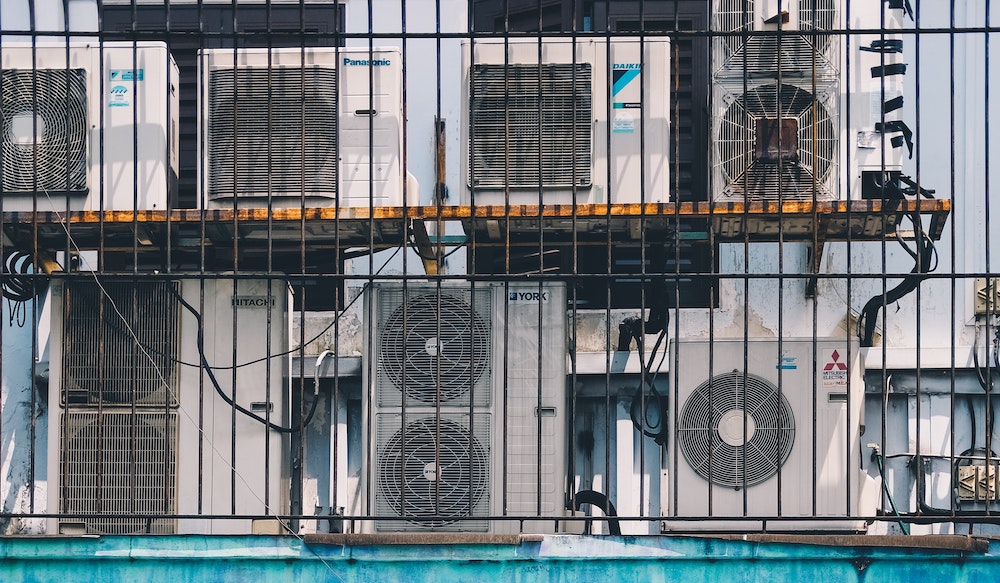CDC Says Schools Failed To Fix Ventilation Issues Because Of Cost
The CDC is now saying that school ventilation is a major problem that wasn't addressed because of the costs associated with it

One would think that public schools, having dealt with the COVID pandemic for two-plus years, would move in the direction of making schools safer. Getting kids back in schools for in-person learning should be priority number one and while these schools claim that is the case, the lack of action surrounding improvements on environmental health, including school ventilation, is startling.
A recent CDC survey confirmed the fact that many public schools have opted for other measures than upgrading their school ventilation. “There has not been much evidence anywhere that schools are paying a lot of attention to ventilation,” said Claire Barnett, founder and executive director of Healthy Schools Network, via K12Dive. “It’s been a tough issue for them for years.”
The CDC survey asked schools to talk about how they have implemented the 11 ventilation improvement strategies. Of those 11 strategies, the four most routinely used were relocating classes to the outdoors when possible (73.6%), monitoring and inspecting the school’s current HVAC systems (70.5%), and opening doors (67.3%) and windows (67.2%) when safe and possible.
There is the flip side to this. Of the 11 strategies, the least-used approach schools are using is a HEPA (high-efficiency particulate air) filtration system (28.2%) or using these same HEPA filtration systems in high COVID areas (32.8%). Another 38.5% of schools told the CDC that they have taken care of their school ventilation issue having already replaced or upgraded their aging HVAC systems since the start of the pandemic.
What is shocking about these schools opting for “cheaper” ways out of their school ventilation issue is that the Biden Administration has been encouraging public schools to use their Elementary and Secondary School Emergency Relief funds for this exact purpose. Some have taken the Administration up on the suggestion and have used their funds to create a better school ventilation system for their students.
Although Barnett understands that it is much easier to simply send students outside than to go through the troubles of a school ventilation system upgrade, she says that for many schools across the nation, especially those in the cooler environments, it isn’t possible. She is, though, very happy with the Biden Administration’s efforts to make aware of the issues schools face and how they are striving to help out with the school ventilation problems. Back in March, the Biden Administration came out with the Clean Air in Buildings Challenge, a fact sheet that was comprised of four steps put together by the U.S. Environmental Protection Agency.
Along with this, the Biden Administration also earmarked $500 million from Biden’s Build Back Better Act to give public schools the funds necessary to upgrade their facilities to be more efficient both in cost and energy use. You can count Barnett as one who is less than impressed with the Build Back Better funds being allocated for this purpose. Her concern is that while the funds are there to use, the Administration is not forcing public schools to use these funds for school ventilation purposes.
Barnet claims that many schools are even more populated than assisted living facilities and inside these schools, 40% of the children are saddled with preexisting conditions. To make matters even worse, many of these public schools’ infrastructures are old and not getting any younger. In 2021, the American Society of Civil Engineers estimated that 53% of school districts needed to use the funds to update their buildings or completely replace parts of them to include their HVAC systems. As it pertains to the HVAC systems, a large 41% of the public schools surveyed said they have major issues with their systems.
School ventilation continues to be a major and pressing issue, though apparently there are many public schools that are not using their funds for this purpose. Barnett acknowledges that school ventilation is “an issue that schools need a lot of help with,” which is why Barnett and the Healthy Schools Network are pressing Congress for an additional $110 million a year to help with indoor air quality.
“We’ve been saying that from day one — that it’s the poorest schools in the poorest communities with the poorest kids, hardest hit by both climate and COVID, that need the most work and need the most help,” she said. Perhaps instead of the Biden Administration allowing public schools a choice in how they use their relief funds, maybe they should instruct them to use the funds to better their school ventilation systems.



